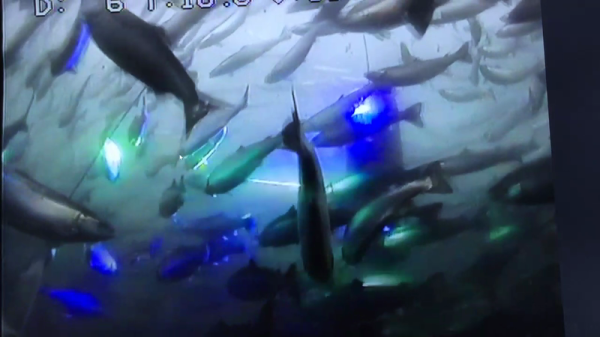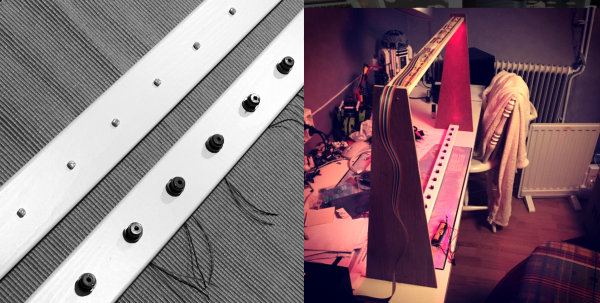Photochromic paint is pretty nifty – under exposure to light of the right wavelength, it’ll change colour. This gives it all kinds of applications for temporary displays. [Jiri Zemanek] decided to apply photochromic paint to an egg, utilising it to create stroboscopic patterns with the help of a laser.
Patterns for the egg are generated in MATLAB. A Discovery STM32 board acts as a controller, looking after the laser scanner and a stepper motor which rotates the egg. A phototransistor is used to sync the position of the laser and the egg as it rotates.
The photochromic paint used in this project is activated by UV light. To energize the paint, [Jiri] harvested a violet laser from a Blu-ray player, fitting it to a scanning assembly from a laser printer. Instead of scanning the laser across an imaging drum, it is instead scanned vertically on a rotating egg. Patterns can then be drawn on the egg, which fade over time as the paint gives up its stored energy.
[Jiri] exploits this by writing a variety of patterns onto the egg, which then animate in a manner similar to a zoetrope – when visualised under strobing light, the patterns appear to move. There are also a few holiday messages shown for Easter, making the egg all the more appropriate as a billboard.
If you like the idea of drawing on eggs but are put off by their non-uniform geometry, check out the Egg-bot. Video below the break.





 His friend [CameraManJohn] modeled the bust using Maya and [Osman] has provided links to download the files in case there’s the remote possibility that someone else wants to try this out. They picked the cheapest packs of sliced ham they could get from the supermarket — so technically, they did not actually laser slice the ham. For help with generating the slice outlines, they found the
His friend [CameraManJohn] modeled the bust using Maya and [Osman] has provided links to download the files in case there’s the remote possibility that someone else wants to try this out. They picked the cheapest packs of sliced ham they could get from the supermarket — so technically, they did not actually laser slice the ham. For help with generating the slice outlines, they found the 











